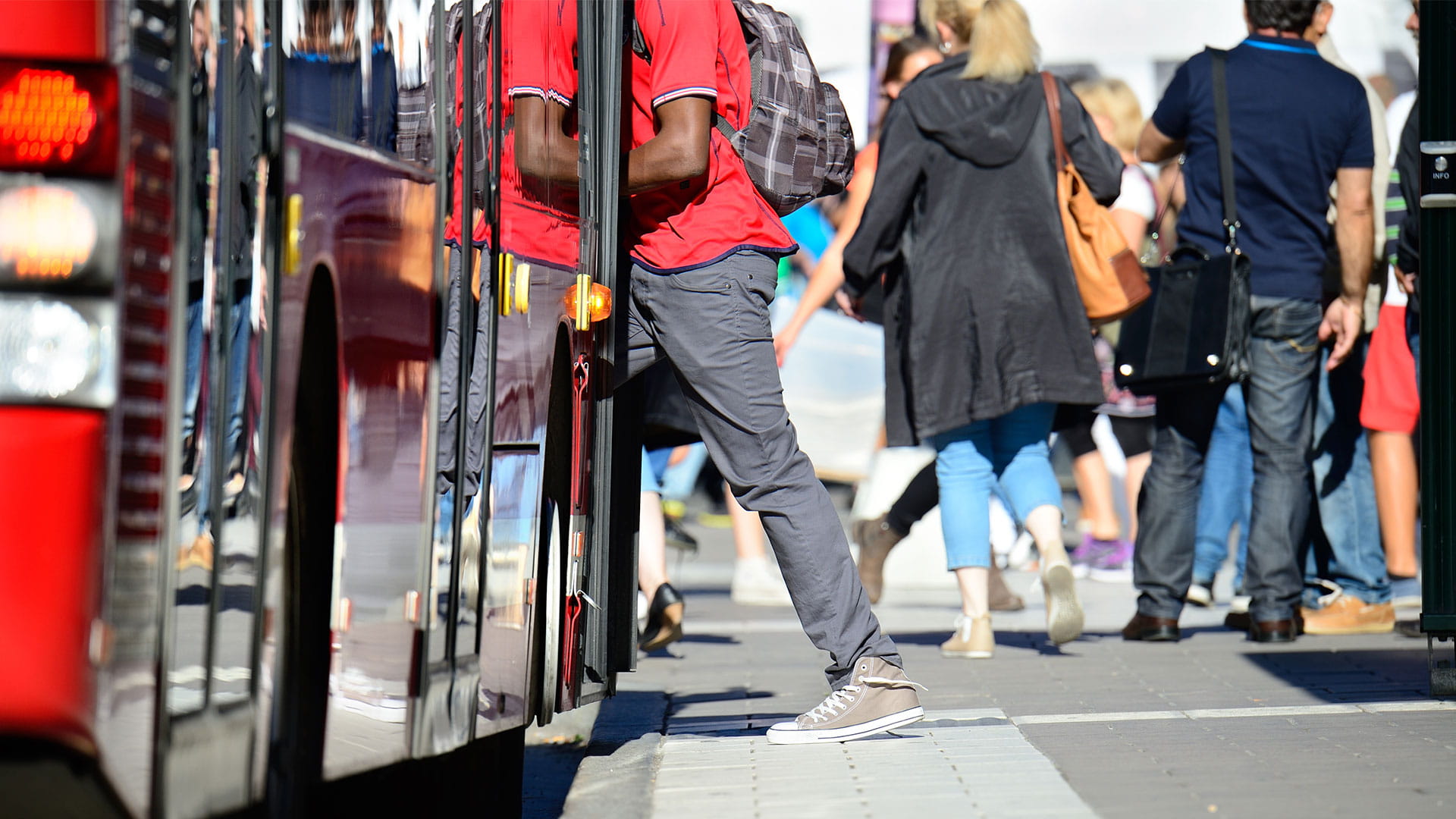Fare game? the £3 cap and the road ahead

Before COVID-19, if you’d asked many of us whether you thought the government would intervene to set and subsidise fares, nearly all of us would’ve said no. But the pandemic’s impact on patronage and the cost-of-living crisis led to just that.
A single fare cost £2 across the country, and people responded well to that. Research from Transport Focus showed that within 3 months 70% of the public were aware of the scheme and that one-third of new bus passengers were motivated to travel due to the £2 cap. Though remaining below pre-Covid levels, bus journeys per head have continually risen following the introduction of the £2 cap.
Keep it simple
We know that users want simplicity in their fares, and that’s what the £2 gave. £2 to get there, £2 to get home - simple.
Passengers want simplicity, they want to know how much they will pay, and they don’t want to be bombarded with numerous different zones, ticket types, sales and options. We’ve seen this in Cornwall where fare simplification and price reduction have led to patronage rising year-on-year since 2022.
Before the national cap, what type of ticket you bought depended on the bus you were taking; sometimes it depended on how far you went, sometimes it all cost the same, sometimes you could only buy a ticket that allowed you to travel all day, and sometimes you were charged one fare for an hour of travel. The cap brought this lottery to an end. It also allowed a fare to be paid on contactless with limited interaction with the driver, making things easier for those who are less confident in travelling.
For many car users, who are the people we need to attract onto buses, the decision to use the bus comes down to cost alone. They ask, will the bus be cheaper than driving? But what they really ask is, is the bus cheaper than parking? Drivers undervalue the cost of car travel and that’s a big problem (but that’s one for another blog!).
When doing that calculation, two things favored the £2 cap:
- It was easy to know how much the fare would be.
- A £2 single, or £4 return, was cheaper than the cost of parking in many cases.
Now, both of those things aren’t true.
These new simplified structures are better than what came before 2023, so what’s the problem? If there are many operators, each with their own simplified structures – then that ceases to become simple.
When you knew all journeys were £2 for a single, you didn’t need to research the cost, now you do. I wanted to know how much singles and returns cost across the country but, the issue is that it’s very difficult to find out. Some operators do publish individual fares, however, some only set out the logic of their fares and leave you to guess the cost, and some only advertise the cost of day or zone tickets. Some operators are even recommending that passengers speak to the driver about the best fare for their journey, which makes journeys slower

A Postcode Lottery
Your postcode now determines how much you’ll pay for your bus. Several Combined Authorities have introduced their own fare cap when the national one increased, as the map below shows.
The retention of capped fares, so long as they’re consistent across the region, is commendable and will ensure that the residents of our largest city regions are, in many cases, protected from the new confusing mix of fares. This is great but, unfortunately, it means that there is an inequality in service offers between those who live in combined authority areas that apply the cap and those who don’t.
Equally, the fare cap at £3 means that longer journeys remain capped below their ‘market rate’ whereas shorter journeys, which most people make, are not capped.
What’s that coming over the hill? Is it franchising?
You may now be thinking; you’ve raised a lot of issues, how are you going to solve them? Well, there may be a beacon of hope on the horizon: franchising.
Under the existing model, private operators independently set routes, fares, and timetables, leading to the fragmented system discussed above. The franchising powers currently working their way through parliament in the Bus Services Bill will enable local transport authorities to take control of bus services. The process of franchising paints a positive picture of fare simplification because there can be:
- Centralised network planning – of networks by authorities. This means that Local Transport Authorities (LTAs) can implement a unified fare system across different operators and integrate tickets, eliminating the current fragmentation where each operator sets its own fares and doesn’t allow tickets from other operators.
- Complexity – The Bill aims to reduce the administrative and financial barriers to franchising, making it easier for LTAs to implement and manage simplified fare structures.
- Municipal Ownership – The Bill lifts restrictions on LTAs establishing their own bus companies, though there remain questions on how franchising and municipal operation co-exist.
- Motivation – to simplify fares to drive patronage, as under franchising revenue can be retained by the authority to re-invest in services.
One only needs to look at the franchised networks in London and Manchester to see how franchising can simplify fares. Both cities offer a flat fare, valid for one hour and which can be combined with the wider public transport network – a world away from other regions.
Our experts are happy to assist you
Experts team Public transport planning
Public transport planning
Discover how we can support you to with public transport reform, fares and ticketing schemes and network reviews.
